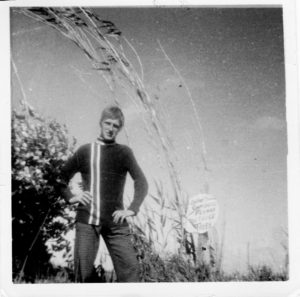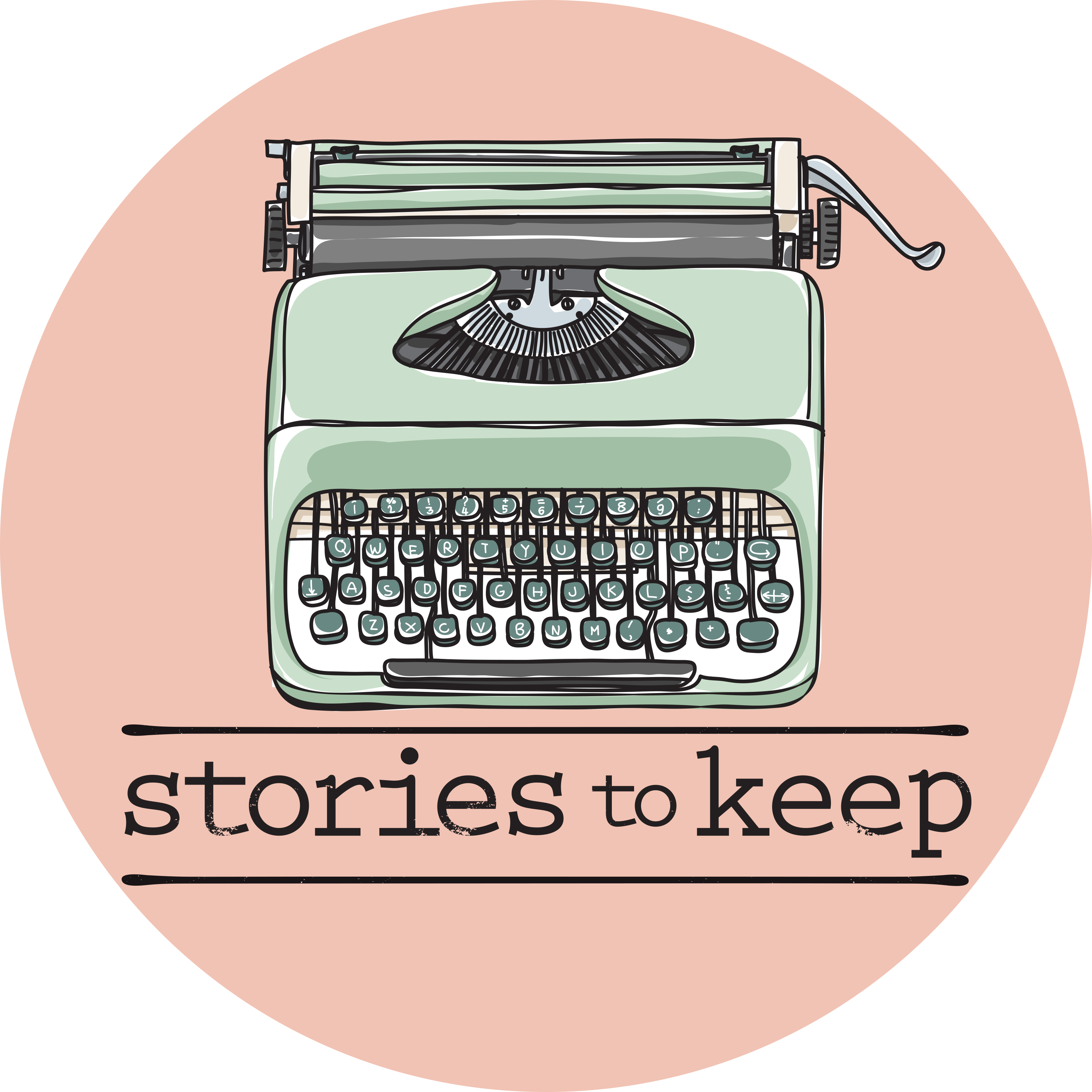Encapsulating your entire life into one document is very tricky and time consuming, especially if writing does not come naturally to you.
It is hard to know a person completely. When we go to funerals we often learn so much more about a person we thought we knew. But we only knew snippets of them – as a child, a teenager, an adult, a spouse, a parent, a worker or neighbour. Writing your life story can fill in those gaps.
Life is full. A lot happens between when we are a babe in arms to when we decide it is time to reflect on our life story.
Here are some tips on getting started and how to turn your memories into an important family history asset.
-
Decide what you want to write about
There many ways to start to write your life story.
The simplest way is to begin at the beginning of your life and work your way through chronologically. It is a perfectly valid way to write your life story but ask is that the best place to start.
Instead, you may want to breeze over the facts and figures when you write your life story. You might pay little regard to milestones – your birth date, which school you went to, where you worked and lived. Going into detail about a funny or interesting stories is rewarding for the reader.
Try starting with a seminal moment in your life – a pinnacle of happiness, the depths of sadness, the toughest moment or your greatest triumph. These moments often say a lot of what we believe about ourselves and hook in your reader.
Another way to write your life story is to focus on a particular time in your life that friends and family find interesting. It might be a time that you find hard to speak about, such as war service or a dramatic event. When you write your life story you can put down the details you wish to share. Some people write their memoirs almost entirely based on a certain period of their life.
A good effect too is to start with the people who came before you. Your memories of your parents, grandparents can help give life to a family tree chart. Interesting aunts and uncles and their stories can give real context to your life and the way you lived it back then.
-
Finding your memories
There are lots of places to look for your memories. Old photographs are fabulous for jogging your memory when you write your life story. Old diaries with dates when events occurred can be helpful for reminding you of what happened and when. Even an appointment diary can be useful in filling in the gaps of your memory.
Some people keep shoe boxes of letters and keepsakes that may help you when it comes to writing your life story. Even collections of beer coasters, matches, postcards or theatre programs can be helpful.
Don’t forget to talk to your own relatives, especially those of your age. Siblings and cousins are a great resource for jogging along memory lane and reminding you of your family history.
-
Make a plan
Create some dot points of what you want to include when you write your life story. This can help when you come to structure your story.
You can event print them out and cut them up into paragraphs to help make your story flow.
Don’t be afraid to cut some stories out. A good rule of thumb is, if it’s boring for you to write it, it will be boring for others to read. Editing the highlights and low-lights and most interesting parts of your life into your memoirs will make it a great story to keep reading over and over.
Children and grandchildren often delight in hearing about how ordinary things were done ‘back in the day’. Kids in particular love to know about games you played and how many chores you needed to do. These kinds of anecdotes give your piece of your family history a little spice.
You may also find there are some things you do not want to share. But don’t be too bashful, we all make mistakes and do silly things from time to time. Include them if you can bear the embarrassment, they can spice, humour and colour to your story.
If you want to tell your story, but feel it is too personal for others to read, consider writing it and leaving it in an envelope. Writing your life story with this in mind can be liberating and help you tell the whole story. After some time, you may decide that is it OK for others to read it. Time heals wounds, but writing can lessen the embarrassment of that dreadful moment when ….
-
Make a Start
Beginnings are important. Make sure you have that cup of tea or coffee and the computer or typewriter (if you are so inclined) is ready to go. Get comfortable. Think of how long it has taken to get to this point in your life and realise it will take a bit of time? Don’t feel you need to write 500,000 words and don’t set yourself a word limit. Write your memoirs as you remember it, in as many words as it takes.
-
Call in an Editor
Grammarly and Word are good at picking up spelling and grammar mistakes, but they won’t pick up where the story has stopped making sense. Neither grammar or spell checker can tell you if your sentence means what you want it to mean. Don’t feel you need to be perfect. Being understood is what you want. Also you can dip into
Lynne Truss’ Eats, Shoots & Leaves: The Zero Tolerance Approach to Punctuation
when in doubt about punctuation.
When you write your life story, ask a relative or friend to read your work and help edit it. They will often have a good sense of what you mean. If you are writing a long memoir, consider giving your “editor” installments or chapters. Make sure you ask the right relative and not the one who argues with you constantly about family history.
-
Agree to disagee
Just on that, your friends and family may have different memories of an event. Reporters have been known to go to a scene of a car crash and come up with five different versions of what happened – it is all about perspective. Where others disagree, that’s fine. Politely remind them this is your life story, as told by you, and that you are looking forward to reading their version.
If they feel your recollection defames or injures them, talk about it calmly. They may remain hurt after speaking to you, wait for a week or so, and ask again whether they feel the same about what you have written. Sometimes the initial shock of the printed word can lessen over time, sometimes not. Ask yourself whether you can write it in a different way so they are not hurt, but you still feel it is accurate. Lastly, consider, how important is this story to your story? Is it essential, or is the relationship paramount.
-
Tell the Truth
No matter how much you might be tempted to spice up your story with your imagination, your family and friends want to know the truth as you see it.
They don’t want someone else’s family history masquerading as your own.
It could get highly embarrassing if they retell an event from your life story, only to be told that the event appeared in a newspaper, happened to another relative or, worse still, was written about by a celebrity or sports figure in their autobiography.
When you write your life story the story should reflect you, your personality, events that shaped you – that is far more valuable to your family and friends than any tall tale. If you have a work of fiction in you, write that separately, and label it as fiction.
-
Presenting your life style
Consider headings for periods of your life. This will make it easier for them to take a break from reading at a particular juncture – just like chapters in a book, or sub-leads and breakout stories in newspaper features.
It is not essential to include photographs, but family and friends do love them. Photographs are great for encouraging reading – that’s why babies are happy to “read” picture books. Label all photographs with captions including details such as – where you are in the picture, what year the picture was took, who else is in the picture, even who is missing can be part of the story.
If you are photocopying your memoirs or simply printing them from your home printer, consider how the photographs come out. If they don’t print so well at home, consider the local library’s printer or professional printing, even local office stores can have good printers and copiers.
Getting a book printed does take a little more effort. Some companies will do very small print runs on books – sometimes just one copy if that is what you need. You will need to shop around though and don’t expect it to cost the same as a paperback book. If you use a professional printer, you will need to present them with completed designs and layouts, including where all your pictures and words will go on each page, usually in a PDF file and, of course, the cover.
-
Have a book launch
Not essential, but you’ve earned it. Have family and friends around, put on some drinks and maybe a cake and bask in the glory. Many people talk about wanting to write their life story, but you have done it, that’s an achievement.
-
If you get stuck
Call in help. Stories to Keep‘s founder Deborah Gough has been helping others tell their story for three decades. She is an expert at picking up on themes and drawing out the personality of her interviewees. She has years of training in pulling together the threads of a story and delivering cleverly crafted words. Her work is presented as recorded interviews, front page newspaper articles, books and in video format. This website has some frequently asked questions you might want some answers to, find them here.

